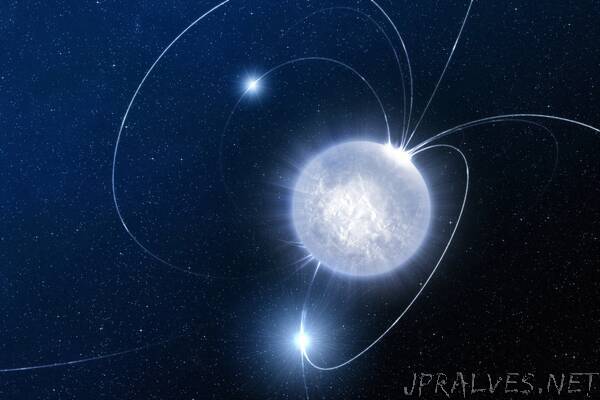
“At the end of a star’s life, nuclear fusion ceases, and the resulting pressure is no longer sufficient to counteract the gravitational force. This collapse can lead to the formation of neutron stars, which are composed of the densest matter in the universe. However, the composition of neutron stars has been the subject of much controversy.
Based on observations of neutron stars and quantum chromodynamics theory, a research team led by Prof. FAN Yizhong from the Purple Mountain Observatory (PMO) of the Chinese Academy of Sciences (CAS) has found that a strange quark matter core likely exists in massive neutron stars. Observing this exotic core provides a unique opportunity to explore the equation of state of dense matter, particularly the transition from hadronic to quark matter.
The study was published in Science Bulletin on April 11.
The researchers analyzed data on neutron star mass and radius, gravitational waves from binary neutron star mergers, and theoretical constraints from quantum chromodynamics calculations. Benefit from the joint information and their newly developed statistics method, the structure of the dense matter equation of state was studied in detail.
They found that a peak structure in the sound speed of the equation of state commonly appeared in the posterior, located at a density lower than the center density of the most massive neutron star. Such non-monotonic behavior suggested that the state deviates from pure hadronic matter.
Additionally, they found support for the existence of an exotic core in neutron stars heavier than 0.98 times the most massive one, based on a posterior that satisfies both observational and theoretical constraints.
Quantitative analysis revealed that the state at the center of the most massive neutron star is softer than typical hadronic matter (even with hyperons), and a sizable exotic core (>1km) is plausible.”
